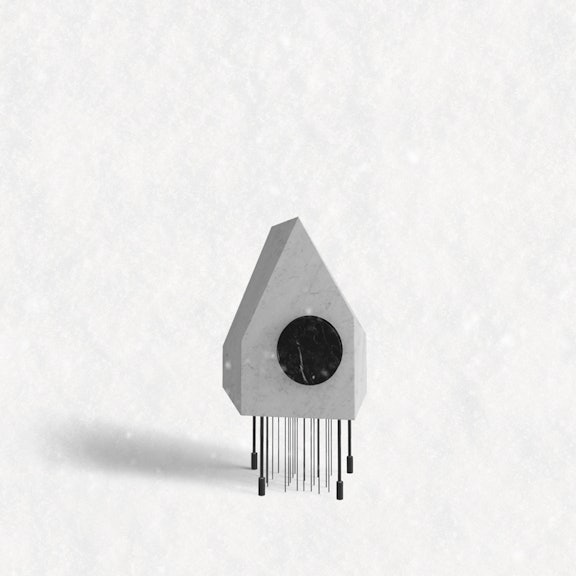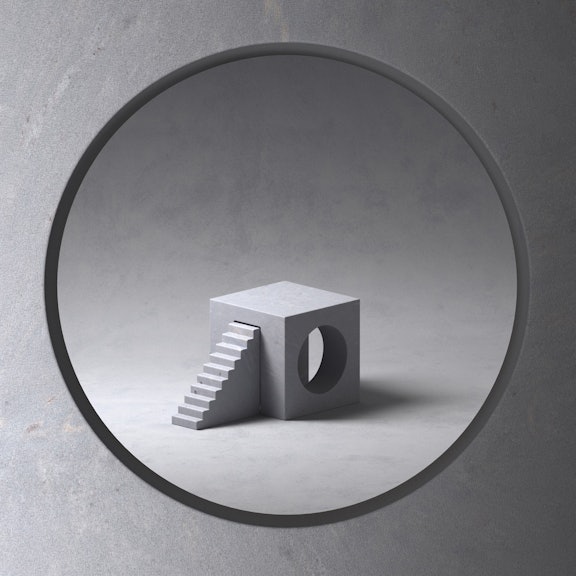A look at Italian art and design and its enduring fascination
02.2023
The key to timeless, stylish interior design is a continuous dialogue with the world of art
Made in Italy design, beauty that transcends the ages
Italy is renowned for its incredible artistic heritage that has produced seminal works in sculpture, painting and literature throughout the centuries that have made their influence felt far beyond the borders of the famous Boot.
One of the keys to this success has surely been the ability to strike the elusive combination of a beauty and harmony that would stand the test of time, a characteristic that may have begun with art but has carried through into associated disciplines such as fashion and design.
It is also the approach we take when it comes to our aesthetic, often by means of a subtle continuity between the past and the present. In this article we examine how we channel this almost-invisible link in practical and conceptual ways to create objects that make for timeless interior designs, and we take a look at some of the great names that have influenced our style.
.jpg?fp-x=0.5&fp-y=0.5&auto=format&w=720&h=960&fm=jpeg&q=70&fit=crop)
Materials and inspiration behind timeless design
We like to think of design as a discipline that may have its roots in the past, but has its eyes firmly fixed towards the future. This means understanding how to preserve traditional know-how, but at the same time not being hamstrung by the limitations of the past. It’s about coming up with revolutionary solutions that will have a lasting impact and still be relevant in decades, even centuries to come.
At Salvatori, there is another powerful element that influences our approach, and that is natural stone. From our headquarters in Northern Tuscany, we look up towards the mighty Apuan Alps, home to quarries containing white Carrara marble. For centuries artists have flocked to this area to create works of art from the same stone we use today to transform into elegant products for homes around the world.
The link with the past doesn’t stop with the materials we use. We also look to the artists and designers from yesteryear and seek to reinterpret their incredible works through the medium of interior design.
Inspiration can spring from a single piece of art, from the collected works of a specific artist or from a movement. What is important is that even with a contemporary twist, their timeless charm remains undimmed.
.jpg?fp-x=0.5&fp-y=0.5&auto=format&w=720&h=658&fm=jpeg&q=70&fit=crop)
Taking minimalism from art galleries to the sphere of interior design
A linear look and the ability to bring to life the idea of “less is more” are the basis of minimalism and represent Interior Design 101 when it comes to creating harmonious décors. This is the founding principle of the Salvatori aesthetic, but its roots were planted long ago by an artist defined by Donald Judd as the father of minimalism.
That artist is Enrico Castellani, one of the world’s foremost painters in terms of his contribution to an innovative vision of art, abandoning traditional techniques for a three-dimensional approach. His works are characterised by the use of monochromatic canvases with repetitive indentations and protrusions that respond to changes in light, resulting in moving patterns of shadow.
We apply the same principle to our textures, by cutting and shaping natural stone in neutral tones in such a way that the material interacts with light to create fascinating dynamic effects that are not overshadowed by garish or dominating colours.
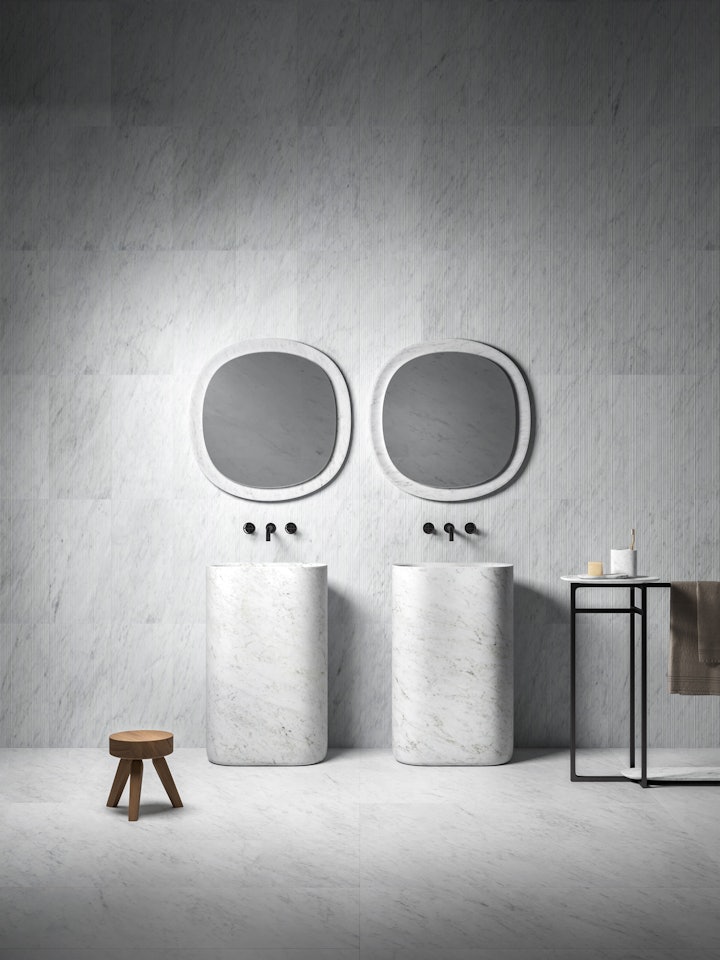
Bianco Carrara marble and Michelangelo’s David
Bianco Carrara, perhaps the world’s most famous marble, left its mark on art well before it became an iconic material for interior design. Great sculptors such as Michelangelo, Donatello and Canova created this luminous material into extraordinary masterpieces. But of all the artists, it was Michelangelo who showed us how to appreciate the intrinsic characteristics of marble and how what might be considered defects need not limit design potential.
Many readers may not know that the block used to create perhaps his most famous work was far from perfect. In fact, with its fissures and holes, it was considered of inferior quality and was rejected by two other artists who refused to work with it and as such, turned down the commission to sculpt a statue of David. At over 5 metre high, they believed the material was too fragile and wouldn’t withstand the weight of the statue.
As history revealed, of course, that fear turned out to be unfounded and centuries later, Michelangelo’s David remains a symbol of eternal beauty, admired by generations for its incredible detail, the veins in his neck and hands, and the muscular definition of his abdomen. It was positioned in prime position in Florence, in front of Palazzo Vecchio and became not only a symbol of the city, but also proof that the so-called imperfections that make every block of marble unique are to be celebrated.
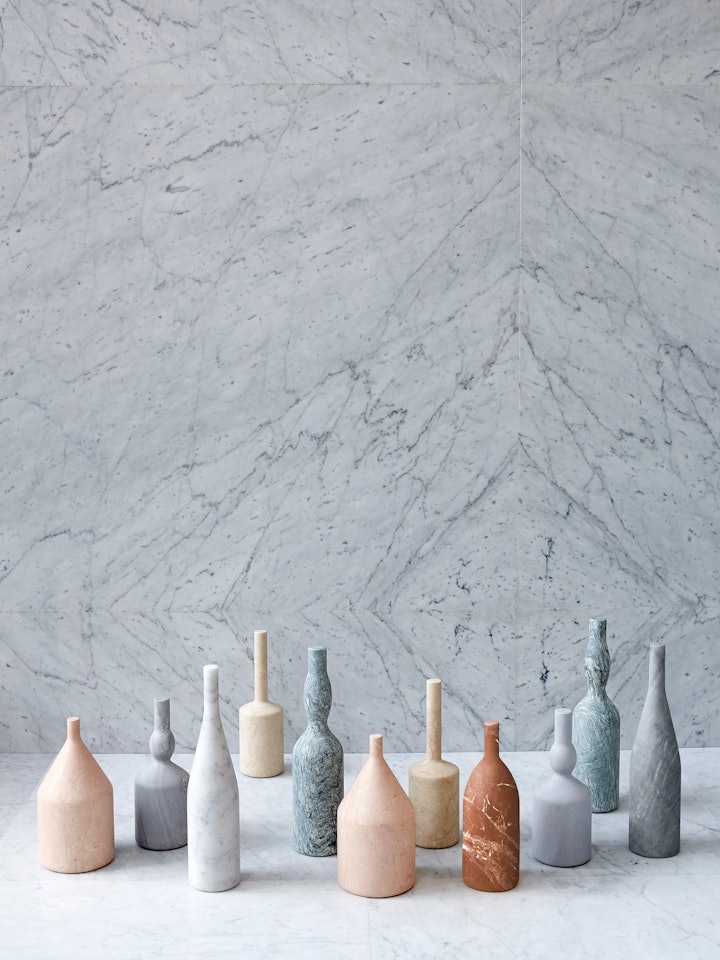
Omaggio a Morandi, from the canvas to contemporary accessories
While Salvatori draws on the age-old Italian traditions of working with natural stone, our artistic influences don’t end there. Our designers also find inspiration in the works of great artists for their collections, such as in the case of Omaggio a Morandi, a family of decorative pieces designed by Elisa Ossino.
Based on the iconic works of painter Giorgio Morandi, they reproduce his unique style that had such an impact on the Italian art scene in the twentieth century. Morandi tended to shy away from the trends of the day and established his own original style that sprung from independent, methodical research. This style was to stay with him throughout his life, translated into a myriad of still-life images that explore themes of alienation and solitude.
The “poet of ordinary things” brings everyday objects to the canvas, including the well-known bottles that Elisa Ossino brings to life through seven Italian marbles in different colours. Smooth, seamless forms and sombre tones take on an assuming beauty that is expression in a third dimension, as though the bottles have emerged from the canvas ready to find a new home.
The Omaggio a Morandi collection is the perfect example of how everyday objects can be transformed into unique and timeless works of art in the hands of skilled and visionary designers.
Style and experience can combine to create fresh, innovative products that draw inspiration from age-old classics and reinterpret them as objects fit to grace modern and traditional décors alike. The dialogue with art is one in which we engage with continuously, as we develop products designed to contribute to minimalist, stylish interiors. We invite you to discover the world of Salvatori design by visiting our website or showrooms.
.jpg?ar=3:2&fp-x=0.5&fp-y=0.5&auto=format&w=1439&h=959&fm=jpeg&q=70&fit=crop)
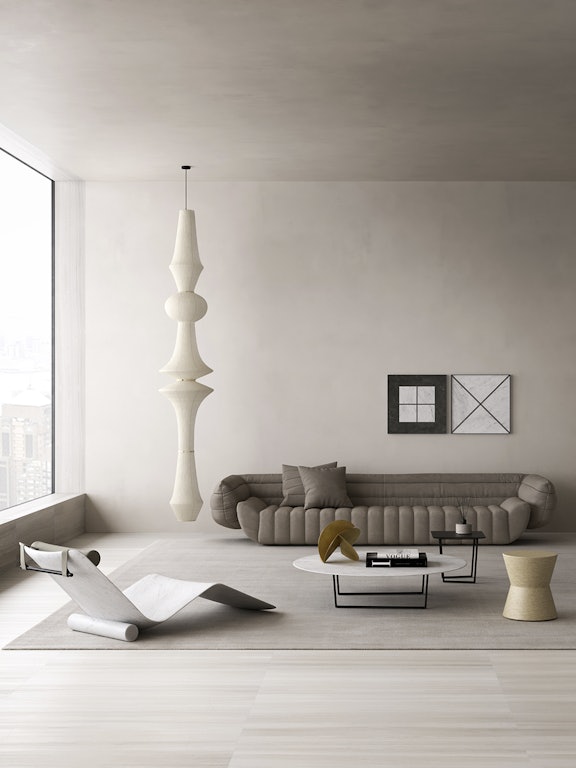
.jpg?fp-x=0.5&fp-y=0.5&auto=format&w=576&h=768&fm=jpeg&q=70&fit=crop)
.jpg?fp-x=0.5&fp-y=0.5&auto=format&w=576&h=576&fm=jpeg&q=70&fit=crop)
